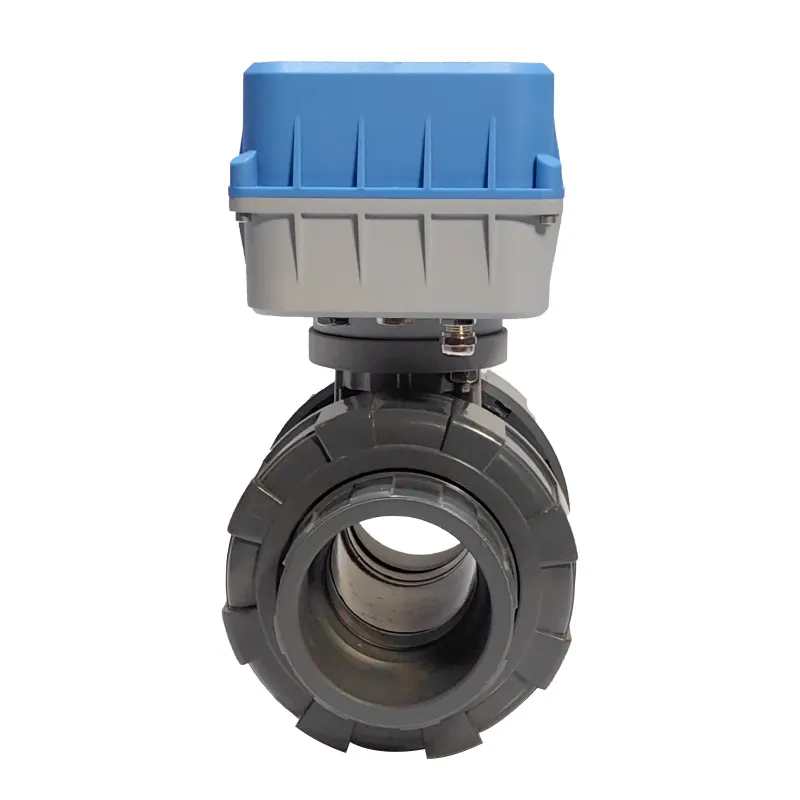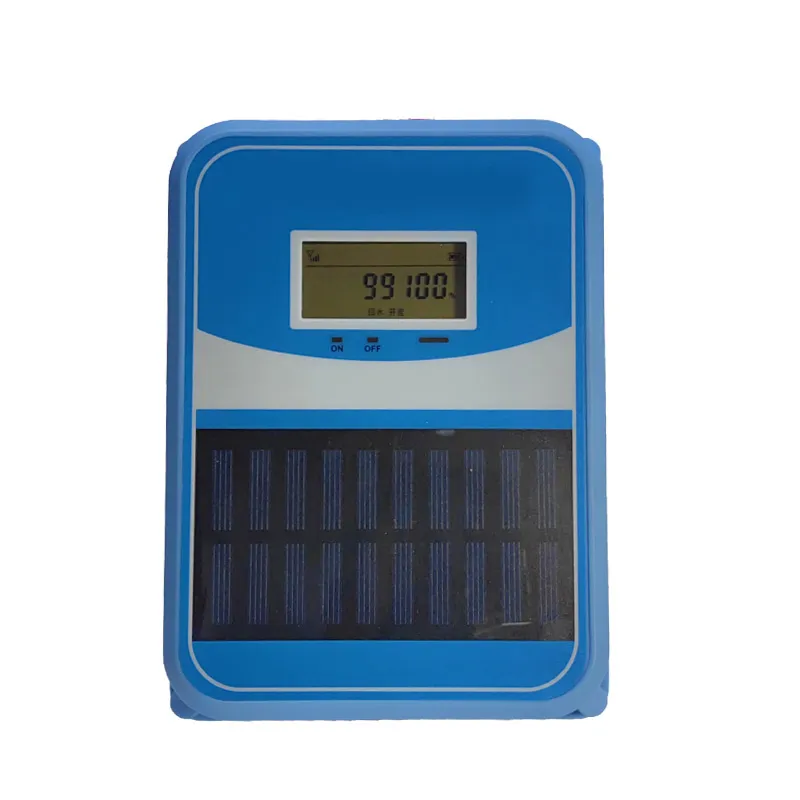Avoid your inquiry is delay response, please enter your WhatsApp/WeChat/Skype along with the message, so we can contact you at the very first time
We will reply you within 24 hours. If for urgent case, please add WhatsApp: +86 13188899036, or WeChat: 0531-87968777. Or call 0531-87968777 directly.
* We respect your confidentiality and all information are protected. We will only use your information to respond to your inquiry and will never send unsolicited emails or promotional messages.
Throughout my career in valve manufacturing, I’ve witnessed many facilities struggle with manual valve control. The transition to powered valves has transformed how we manage fluid systems.
A powered valve is an automated flow control device that uses electric, pneumatic, or hydraulic power to operate. It combines a valve body with an actuator to provide remote control and precise flow regulation without manual intervention.
I’ve helped countless clients upgrade to powered valves, and the impact on their operations has been remarkable. Let me share my insights on these essential components.
Last month, I helped a client automate their heating system. The transformation from manual to motorized valves was eye-opening.
Motorised valves1 automatically control fluid flow using an electric motor. They can open, close, or modulate flow based on signals from control systems, thermostats, or other automated inputs.

Motorized Valve
From my years of experience designing and installing motorized valves, I’ve gained deep insights into their functionality and benefits. The operation of a motorized valve involves several sophisticated components working together seamlessly.
The heart of the system is the electric motor, which I typically specify in various voltage options (24V, 110V, or 220V) depending on the application. This motor connects to a gearbox that transforms the high-speed rotation into the precise, powerful movement needed to control the valve position.
I recently installed a complete building automation system where motorized valves played a crucial role. The system included:
The impact of these features became clear when we analyzed the first month’s data. Energy consumption dropped by 25%, and maintenance calls reduced by 60%. The system’s ability to adjust flow rates automatically based on demand proved particularly valuable during peak usage periods.
Many of my customers initially confuse valves with actuators. Let me clarify this common misconception.
A valve is the mechanical device that controls fluid flow2, while an actuator3 is the power unit that operates the valve. Think of the valve as the gate and the actuator as the gatekeeper.

Lora rotary actuator
Throughout my career in valve manufacturing, I’ve found that understanding the distinct roles of valves and actuators is crucial for proper system design. Let me share a detailed analysis based on my extensive field experience.
The valve itself is the primary flow control element. It includes:
The actuator, on the other hand, provides the motive force. Key actuator components include:
I recently completed a project where understanding these differences was critical. We needed to retrofit an existing manual valve system with automated control. The process involved:
| Consideration | Valve Requirements | Actuator Requirements |
|---|---|---|
| Size | Based on flow rate | Based on valve torque |
| Material | Compatible with fluid | Environmental protection |
| Pressure Rating | System pressure | Output force needed |
| Control Type | Flow characteristics | Speed and precision |
| Maintenance | Seal replacement | Lubrication and calibration |
Based on decades of experience, I’ve identified the most crucial valve types that dominate industrial applications.
The three main types of valves are Quarter-turn valves4 (ball and butterfly), Linear valves (gate and globe), and Control valves (specialized regulating valves). Each serves specific functions in fluid control systems.
In my role as a valve manufacturer, I’ve worked extensively with all three main valve types. Each has unique characteristics that make it suitable for specific applications. Let me share insights from my real-world experience.
Quarter-turn Valves:
These are my go-to choice for quick-acting applications. I recently installed a series of ball valves in a chemical processing plant where rapid isolation was crucial. The benefits included:
Linear Valves:
For applications requiring precise flow control, linear valves excel. In a recent power plant project, we used gate valves for main isolation and globe valves for flow regulation. Key advantages include:
Control Valves:
These specialized valves form the backbone of automated systems. I recently designed a custom control valve solution for a pharmaceutical facility. Notable features included:
During my consulting sessions, clients often ask about the specific applications of butterfly valves.
Butterfly valves are ideal for large-diameter applications requiring moderate pressure control and flow regulation. They’re particularly effective in water treatment, HVAC systems5, and industrial process control.
Having designed and installed butterfly valves for various industries, I can provide detailed insights into their capabilities and best applications. My experience spans from small HVAC systems to large industrial processes.
Core Advantages:
| Feature | Performance Level | Application Impact |
|---|---|---|
| Flow Control | Good | Suitable for most applications |
| Pressure Rating | Moderate | Up to 740 psi |
| Size Range | Excellent | 2″ to 96″ diameter |
| Control Accuracy | Fair | ±2% of setpoint |
| Response Time | Quick | Under 30 seconds |
In a recent project, I installed butterfly valves in a district cooling system. The results were remarkable:
Powered valves are essential components in modern fluid control systems. Their combination of reliable mechanical design and automated control capabilities makes them invaluable for efficient, precise, and reliable flow management across numerous applications.